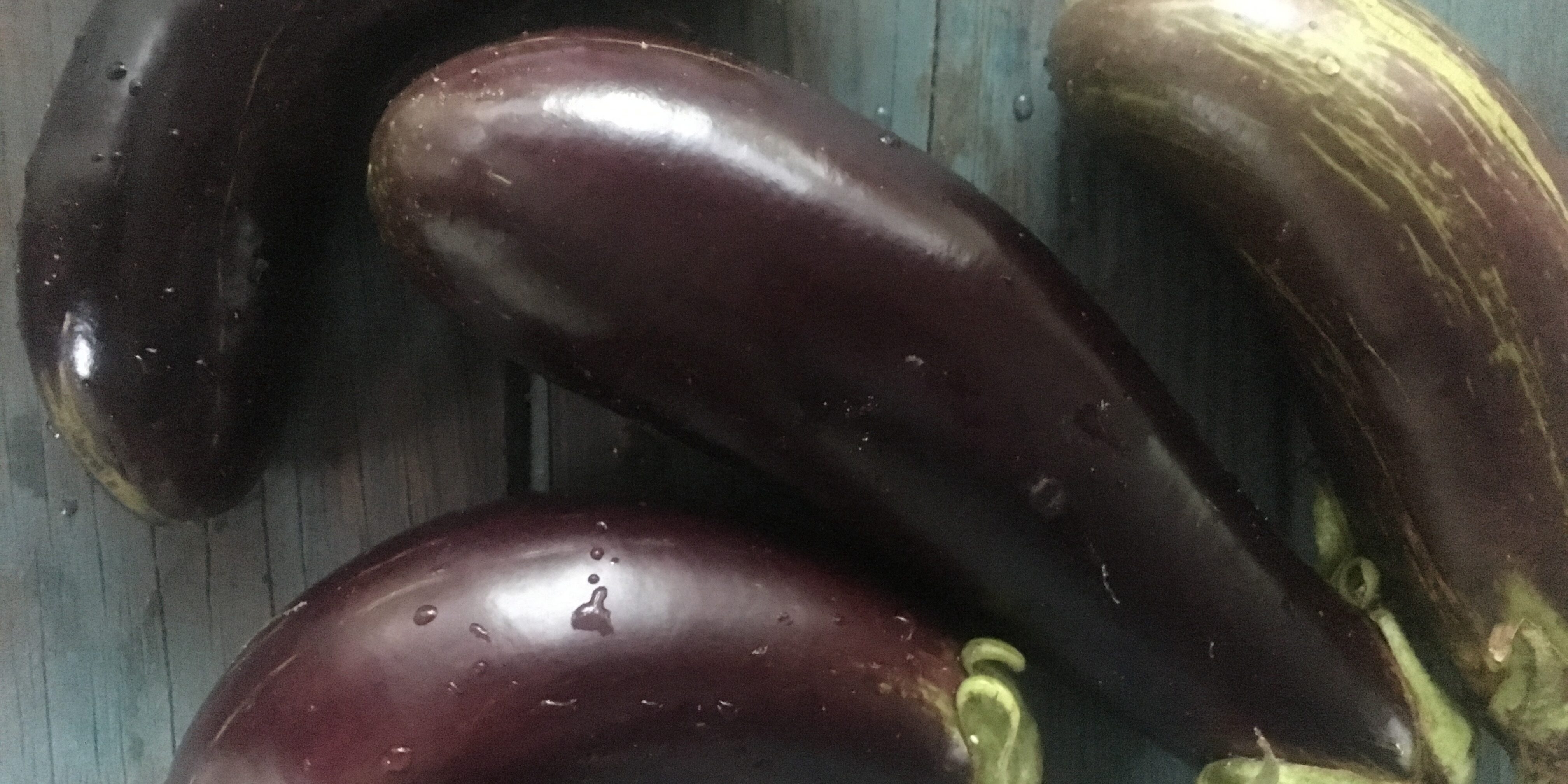by Melissa DeSa
Eggplants grow really well here in north Florida, and come in a variety of shapes and sizes. If you find a variety you love, particularly if it’s a bit unusual, it would be good to consider saving your seeds. You never know when a seed company will drop a variety. I recently grew out a crop for our friend Mehmet at Two Seeds in a Pod. His specialty is Turkish heirlooms, and he’s helped introduce many interesting varieties to the US seed market. I volunteered to grow Pala 49.
I’m a fan of longer, skinnier types because they slice up quickly in the kitchen, and can be baked to crispy, sweet perfection. This one is more of a compromise between the large types used for things like eggplant parmesan, and the skinnier long types. It grew well, and was my first time growing eggplant for seed.
When you harvest an eggplant to eat it, the seeds are white and immature. You have to wait awhile longer for the fruit to mature, and take on a different feel and color. The final mature color depends on the eggplant, and may be yellow, brown, or a duller version of it’s original color. There is no definitive color/feel or other markers, this is about getting to know your plant and practicing the art of seed saving!
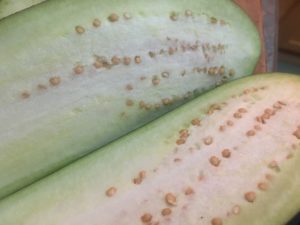
Mature seeds are hard and yellow-brown. At this point, the flesh is not very edible.
For small scale seed saving, you can just slice open the fruit and scrape out the seeds onto a napkin to dry for several days. We had a lot more to process, and there was no way this would be efficient.
So, they were sliced into chunks, tossed into a food processor with a plastic blade (metal will slice the seeds up), and some water. A few pulses to break up the chunks and release the seeds, did the trick. Then it was a process of decanting, rinsing, and repeating until fairly clean. We then floated them in fairly clean water, carefully pouring out the bad floating seeds with water and any remaining floating things.
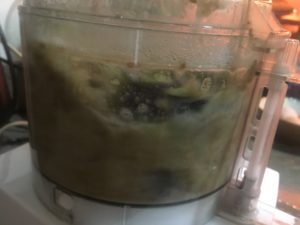
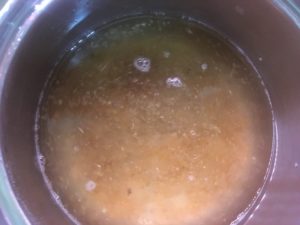
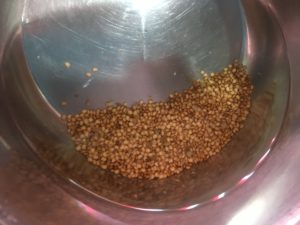
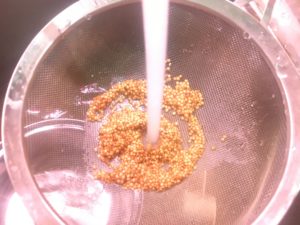
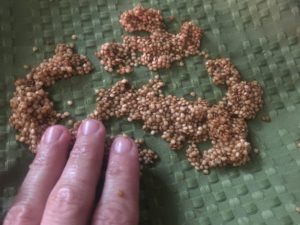
They were then dried on a cloth towel for several days.
Eggplants can self-pollinate, but are also very prone to insect pollination. So it’s best to only grow one variety of eggplant at a time, unless you are ok with them crossing. For the best diversity and to avoid inbreeding over time, you really should have a minimum of 5-20 plants flowering at once that you save seed from, but 50 or more is even better!
If you saved just one fruit from 20 plants, you’d have a lot of seed, and plenty of eggplant to eat too!

